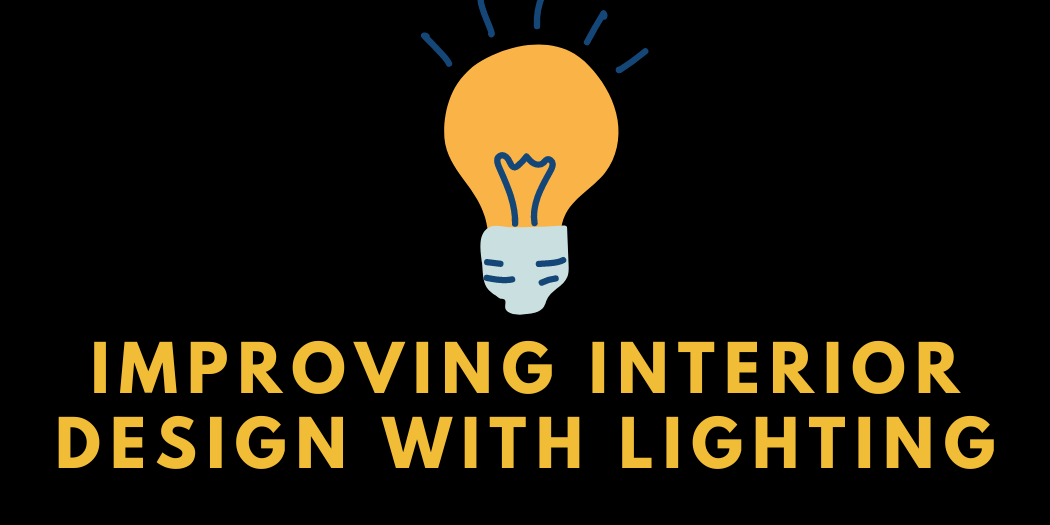Improving Interior Design With Lighting
Interior design is an essential element of creating a comfortable and welcoming home. Lighting plays a critical role in enhancing the overall aesthetic and functionality of any space. The right lighting can make a room feel larger, brighter, and more inviting. In this article, we’ll explore how to improve interior design with lighting, including tips for selecting the right fixtures, choosing the right light bulbs, and using lighting to create a focal point.
-
Choose the Right Fixtures
The first step in improving interior design with lighting is to choose the right fixtures. Lighting fixtures come in a variety of shapes, sizes, and styles, so it’s essential to select fixtures that complement your decor and personal style. Consider the size of your space when choosing fixtures. For example, large chandeliers are best suited for larger rooms, while smaller pendant lights work well in more compact spaces.
-
Choose the Right Light Bulbs
The type of light bulb you choose can also have a significant impact on your space’s overall look and feel. Incandescent bulbs are known for their warm, soft glow, while LED bulbs are more energy-efficient and provide brighter, cooler light. Consider the mood you want to create in each room and choose bulbs accordingly. For example, warm, soft light is ideal for bedrooms and living rooms, while brighter, cooler light is best for kitchens and bathrooms.
-
Use Lighting to Create a Focal Point
Lighting can be used to create a focal point in any room. A well-placed chandelier or pendant light can draw the eye upwards and add drama to a space. Similarly, a statement lamp can serve as a focal point on a side table or desk. Consider the function of the room when choosing a focal point. For example, a bold chandelier can be a great addition to a dining room, while a statement floor lamp can make a living room feel cozier.
-
Layer Your Lighting
Layering your lighting is an essential element of improving interior design with lighting. Layered lighting refers to the use of multiple light sources, such as overhead lights, lamps, and task lighting, to create a balanced and functional space. This approach allows you to adjust the lighting in the room based on your needs and preferences. For example, you might use overhead lighting to provide general illumination in a living room and a table lamp for reading.
-
Highlight Architectural Features
Lighting can also be used to highlight architectural features, such as moldings, archways, and built-in shelves. Use accent lighting, such as spotlights or wall sconces, to draw attention to these elements and create depth and texture in the room. For example, a spotlight directed at a piece of artwork can make it stand out and become a focal point in the room.
-
Consider Dimmer Switches
Dimmer switches are a great addition to any room. They allow you to adjust the lighting in the space based on your needs and preferences. Dimmers can be especially useful in bedrooms and living rooms, where you might want to create a cozy and relaxing atmosphere in the evening. They can also be used to create ambiance during dinner parties or other social gatherings.
-
Don’t Forget About Task Lighting
Task lighting is an essential element of any functional space, such as a kitchen, office, or reading nook. Task lighting refers to the use of focused lighting, such as desk lamps or under-cabinet lighting, to provide illumination for specific tasks. Consider the tasks you’ll be performing in each room and choose task lighting accordingly. For example, under-cabinet lighting is ideal for a kitchen, while a desk lamp is best for a home office.
In conclusion, lighting is an essential element of improving interior design. By selecting the right fixtures, choosing the right light bulbs, using lighting to create a focal pointImproving Interior Design With Lighting







